On Saturday at NYCC, I had the opportunity to try out the upcoming Alien: Rogue Incursion, a new V.R. game set in the Alien franchise. Developed by Servios and published by 20th Century Games, Alien: Rogue Incursion is an immersive action horror game set in the Alien franchise. After meeting T.Q. Jefferson, Alex White, and the rest of the Servios team, the developers had set me up with a Meta Quest connected to a Windows PC and let me try this game out.
They had me play the second chapter, where you’re playing the role of Zula Hendricks, an ex-colonial marine investigating a planet to find someone and kill some Xenomorphs. While I’ve played VR games occasionally, my favorite game so far is Gran Turismo 7 on PlayStation 5 and PSVR2, so action games in VR aren’t the usual genre I engage in. I was very excited to try something new with this demo.
I found it very intuitive after getting my bearings and following the directions on how to use items and control the character. The atmosphere and mood they’ve created work in putting you in a survival horror frame of mind. The Xenomorphs will get your stress level up, as facing them in VR is not the same as using a regular controller. You have to aim and hold the gun in the right way to hit these things. You will die and it’s fun when you are getting overwhelmed by them.
While I didn’t get tired, I could see others getting winded after a bit or twisted up in the cables. The graphics are pretty good; while on the Meta Quest, they weren’t PS5 and higher level graphics when standing still, but in motion and looking around, they were very good and not too much on the eyes as you have this headset on your face. In terms of immersion, the game’s graphics did an excellent job of making me feel like I was in space dealing with these things and moving stuff around. The elements of the story that I was able to experience brought me in and actually got me interested in getting the full game when it releases.
After playing, I was able to sit with Chief art officer and director T.Q. Jefferson and writer Alex White to talk about making the game, their goals and about how it, and how it captures the Alien world.
 T.Q. Jefferson
T.Q. Jefferson Alex White
Alex WhiteJULLIAN LYTLE: So, before I got started, dying at the hands of Xenomorphs, you told me that the story takes characters from the old Dark Horse Comics era of Alien comics with a specific character. Would you mind explaining who this character is?
T.Q. JEFFERSON: So you play as Zula Hendrix, former private first class in the colonial Marines. Zula was injured in her first deployment, blown up, like a literally. Then a lot of expensive surgery saved her life, but she was a combat inoperative, right? And so the corps sort of discarded her. The quote is “we didn’t get one good fight out of you.” They just sort of cast her out and she had to find her own way in the world, right? And that sort of journey, she encountered Davis 01 on a derelict ship and that was the first time that they encountered Xenomorphs together. Davis sort of innately knew the danger that Xenomorphs presented as did Zula, and that sort of created their bond of these things can never reach Earth.
ALEX WHITE: They both went rogue together. She was still a colonial marine at that time, but not particularly well liked or expected to survive.
JEFFERSON: So, they made this their mission to prevent Xenomorphs from ever getting to Earth, if they could take down a corporation or two at the same time, they’re game for it.
So what we’ve done is we’ve plotted out an original story, set in the Alien Universe where Davis and Zula are on a mission to find out what happened to one of uh Zula’s squad mates from the old Colonial marine days. In fact, he’s the guy that dragged her off the battlefield when she’s got blown up. His name is Benjamin Carver, so there’s a real semper fi there. Once they get to the planet Perdan, again, one of our creations, Zula discovers a facility that’s been overrun with Xenomorphs. So there’s a bit of a mystery that you’re trying to solve as well. What happened to this facility. How did the Xenomorphs get here? How did it get confessed? What happened to my friend? Those are these other things that sort of started you on this?
WHITE: Something we can do to contain it, or is this the tip of the iceberg?
JEFFERSON: Exactly.
LYTLE: what made you want to use the Zula character?
JEFFERSON: Zula was a character from the very beginning, from the first iteration of the high concept Zula was the character. It because we want to have a character whose motivation aligned perfectly with the player’s motivation, which is, I’m there to kill Xenomorphs. Zula is that character. We also say Zula is aware what genre she’s in an action horror scenario.
One of the inspirations for the game was the third act of the Aliens movie, when Ripley locks and loads and she goes down to the hive and starts kicking ass to get Newt back. We want to capture sort of that action and horror and fear and anxiety and Zula was a character that had all of those attributes in the form of she’s been trained as a colonial Marine. She’s aware of Xenomorphs. It allowed us to advance a story in a way where we didn’t have to do the the tropes that everyone knows, you know, someone finds something mysterious, someone brings it back, someone makes a bad decision. Xenomorphs get out, you know hilarity ensues. So we got to jump straight to the action and when the player getting into it and actually fighting Xenomorphs.
So that’s about that’s one reason for me personally. I wanted to have a hero that had my skin color that looked like me, that looked like other black and brown kids in the world. I thought that was a just a really great example especially because Zula is a former soldier, she’s been disabled. She’s overcome her disabilities and her spinal injury that she deals with. She’s overcome all these things, she’s overcome being sort of abandoned by the Corps that she knows and loves. She’s choosing the hard path because she knows it’s the right thing to do. I think she’s just a great inspirational character all around her.
LYTLE: What was it like writing Zula?
WHITE: Well, she’s really exciting to write because she is an unstoppable force. She’s somebody who will not bow, will not break or bend for any reason. And at the same time, she’s somebody who is trying to find her own value after being told that she has none. And so the Corps when they discard her, they make sure that she knows that she is not valuable to them at all. And she’s somebody who, as you say, has a lot of obstacles to overcome, so she’s already used to working ten times harder than everybody else. She’s used to fighting harder than everybody else and to put her up against these stressful encounters where she has to do for herself and she has to take care of her friend, that gets more interesting. I love writing her. I love writing the friendship between them.
LYTLE: So The Alien franchise has an interesting dynamic with artificial life forms. Sometimes they are probably the actual big bag. Sometimes they’re the wise uncle and sometimes they are just a reminder of something else, or we get to the new one [Alien: Romulus] in the more recent movie that character actor got to play both. What was it like, not only writing the character, but placing him as, I guess, a non-playable assist companion within the game narrative and the game as a whole?
WHITE: Sure. Well, I mean, if you’re going through hell, it helps to have a Virgil with you, you know what I mean? It’ somebody who can guide you through it and help you and and give you some ideas. But I think that what’s interesting about Davis is his character as a synthetic comes from the fact that when synthetics are required to harm people, you know, for instance, Davis was originally ordered to bring the aliens back to Earth, and Davis was like, no, that’s gonna hurt people. Synthetics get a choice to go rogue. So like David8 from Covenant and Prometheus, he went rogue and he started killing everybody and possibly created the Xenomorphs and then when you look at Andy. Andy takes a different path and Davis takes the third path. It’s almost as though being asked to question your first principles causes you to realize where you are human and where you are not.
JEFFERSON: Oh that’s good!
WHITE: I’ve been thinking about it ever since I wrote those two novels, so I can’t get over it. And so that’s all folded into the game, you know, that that that that question of well, is he human and is he not human and why, it’s those choices that he makes that make him human and that’s one of the reasons why Zula Hendricks loves him so much as a friend.
LYTLE: Now, game wise, how was it like having because it’s different, let’s say, what’s a good example, when playing a Call of Duty or a Halo back in the day, you know, you’re not in it. You think you’re in it because it’s a first person shooter, but you’re never really in it. You sitting back and watching on a screen. But this VR experience is completely different because I have to pay attention. The player, I should say, because I’m standing in as a player standing in is that, you know, I kind of still got to check my own six. I still have to make choices. I still have to fumble around with the things as I’m using controller. So that adds difficulty to the game. But Davis is still there to help you, but then you also worry about him like as you just saw I let Davis poorly die. He got killed and I couldn’t save him and it left me frazzled.
JEFFERSON: Mechanically, and this is this is this isn’t and exact analogy, I just like how it sounds – Davis is mechanically a third fist for you. So if you, he’s the one that’s got your back, he’s the one like when you’re using the plasma torch and something pops up he gives you that sort of breather to so you can stay focused or get your weapon out or do that that reload. So there’s a great utility in in Davis.
WHITE: He’s also a cybersecurity expert.
JEFFERSON: Yes, yes. Like he’s the person in your ear, he helps you maintain your moral center. So having someone to interact with allows us to – this is more of a mechanical thing to layer in story. And not have a character that’s oddly talking to themselves throughout this adventure. But really, Davis is there to help you sort of make sense of the world both narratively and mechanically in gameplay. So you come to understand his usefulness pretty quickly, and you come to rely on him to a degree in your moment-to-moment.
LYTLE: Okay, game question-wise – why a VR title versus a standard PC or console first-person release?
JEFFERSON: Well, I think you’ve experienced it, right?
LYTLE: Yes.
JEFFERSON: You know, really there’s no more suitable property for VR than Alien. Part of what we do when we’re trying to develop a game with a license of any license is you look for the white space in the IP, you look for a place, the little corner of the sky where you can go and be creative and not run into other execution of their ideas, other projects. So we also look for an appetite in the market, and we knew that for years, Alien fans had been asking for a bespoke VR experience.
There are things that are unofficial that people have forced into VR, which is a different experience than built from the ground up for VR. And that’s what Servios does is deliver great VR experiences. So we set out to make a game that, you know, used leverage the history of Servios’ skills and accomplishments in the VR space to create this immersive experience and we want to make something that was ambitious and compelling and could stand out from the rest of the titles out there. And Alien was that that property, you know, that being face to face with a Xenomorph is a singular experience that it’s as the kids say, it hits different in VR than in any other medium. And that’s exciting.
WHITE: If you think about it from a from a from an Alien’s perspective, survival is based on spatial awareness, right? But when you’re on flat screen, your spatial awareness is based on audio alone. You know, some of the games like Dark Descent or Fire Team Elite, they have third person views or overhead isomemetric views, which gives you a ton of spatial awareness, but we’re looking for horrific action immersion. And when you put those three things together, there is nothing like VR. There is no comparison, not even the movie itself.
LYTLE: What was it like uh deciding how the controls would work in terms of how you interact with the VR world and your and your items putting the play things like things on the arm, things on the leg, How in the grip?
JEFFERSON: So, a lot of it a lot of immersion is making things feel natural or intuitive right. So that’s why I was what I was explaining to you the body slots versus the utility. Like if it’s life and death, that means you need to get to it quickly. And it needs to feel natural. So the revolver being on your right hip, it’s like sort of that’s sort of a gunslinger holster slung low sort of thing. The pulse rifle being behind you makes you feels natural that way. When you eventually hit the shotgun, you reach behind your left, shoulder you bringing up by the pump, right? An ammo being here (on the left leg), so everything is in relation to each other.
So, we do a lot of this stuff based off utility. So like I said, life and death is on the body. If it’s a utility, that means usually you’ve got a breather. It’s not as urgent that you get whatever it is out, out. So that’s what’s on your utility shelf, right? One of the things that Servios has done very well and for a very long time is the idea of the one-to-one immersion, that is, when you look down and see your whole body because you feel that that is part of the role-playing. Once you’re doing that, that also determines how slots work.
LYTLE: That helps. It isn’t just the floaty hands. It’s like I’m a magical ghost.
JEFFERSON: And so, when we’re doing executions, which you saw, you’re looking down, you could literally see the tail spike coming out of your body.
LYTLE: Nah I was too crazy; I didn’t see nothing. I was all over the place.
[Laughter]
JEFFERSON: And you know, we start out with like We will try different configurations and like our principal combat designer Marc Acero has got 20 something years of combat design under his belt on a broad range of games. And the first thing he did when he came in was like life and death utility. Like he organized it in a way that was like, oh, right this makes total sense. We want to do it in a way where each gesture becomes distinct and it’s not like, oh, I want to reach for my pulse rifle, and I pull out a tactical item. That’s annoying, right?
LYTLE: It creates muscle memory.
JEFFERSON: It reminds you to like if I go this way, I’m getting this like I said, we dropped you in mission two. And one of the things that we want to do is we want to create that that alignment between player and player character. So early in the game, there’s a lot of tutorials, there’s a lot of easing you into it so that by the time you get into combat, you feel competent. Zula is the character who knows what she’s doing, so we have to take a few extra steps, which are totally worth it to make sure the players are there are also. You know, I just dropped you in and you got your sea legs, which is fantastic.
LYTLE: That’s thirty-five years of playing games you know.
JEFFERSON: For folks that maybe are new to VR, you know, there’s other stuff that they’re dealing with while they’re playing the game that easing them in also allows us to lay the ground like the world building to set up the story, give you some context, so you know, why you’re there, what you’re doing, that sort of thing.
WHITE: And how a kits laid out on a marine’s body is part of the world building, right? And the more that you become versed in it the more harmonious you become with the character.
LYTLE: So being a VR is different than a more passive gameplay experience. What is the your ideal thoughts of how each against chapter or mission is supposed to be? Since some people could also get tired.
JEFFERSON: That’s a question of level design and the audience, right? So one of the things that we set up to do when we were laying out the facility was there are these safe rooms.
There are places you can go into and you could shut the door where a Xenomorph is not going to get into that space. We want the game to be approachable for a broad range of experiences and players so it’s not just for a hardcore player. So we figure people due to VR can play for about 15, maybe 20 minutes before they start getting tired. If you’ve been playing that long, you pull up your map, I guarantee you there’s a safety within reach.
You go to the safe room and that’s what you will save your game. If you haven’t been there before, there’s some supplies, rearm and all that stuff. And that’s a spot where you can sit, you know, safely take off your headset, save you game, go about your businesses, come back later. And we’ve designed the facility to have a number of these around that feel organic to the layout but are also there strategically to help players get that sort of rest.
WHITE: And also that’s a muscle that you build up. I mean, VR sea legs as we as we call it, is something that you will improve over time. And so your first play session, as you say, is going to be 15 to 20 minutes, but after a while, it’ll just be where you live. Now, of course, you can always have a portable fan and some ginger chews to get you through it, you know? But the other thing I think narratively is worth noting is that Zula Hendricks has a back injury.
LYTLLE: I did notice that – like this ain’t good. Sounds like me sometimes. Very Relatable.
WHITE: That’s exactly right. That’s what I love about this character. I love writing this character for VR because she feels about the way I do about climbing up ladders and crouching through vent shafts. I don’t want to do that either.
LYTLE: What would be the end goal when the game is finished? The overall play experience. Is it 20 or 30 hours? Is it is it 12 hours?
JEFFERSON: It’s closer to 8-10.
LYTLE: Is it gonna have like high replay value? Like, oh, I beat this on regular. Let me see what hard is like or whatever you’re going to call the difficulty levels?
JEFFERSON: We have multiple difficulty levels. There’s Story, Normal, then Hard. There’s insane after that. And the way that the that the Xenomorphs are designed, inherently, is that they spawn dynamically, and they choose their own path to get to you. So, you could be in a hallway fight six times, and it’ll be six different fights, because maybe you’re standing one place instead of the other, they’ll choose a completely different way to attack – they might come out of the vents instead of down the hallway at you. They may take the ceiling instead of the floor, right? It’s up to them, and the thing is we made a very simple system that governs their behavior, and that simplicity allows for a lot of emergent behavior.
WHITE: From a story perspective, there’s a lot to explore, there’s a lot to discover. So there are a lot of you know, this was a facility with hundreds of people working there. I mean they have lives, they have things about them, and there’s a mystery to unravel. So if you wanna dive deep, then going back through areas that you’ve already been to and getting those found narrative objects and learning about those characters’ lives, will have a payoff.
JEFFERSON: The computer terminals have emails that were between different people in the facility, and some of them have a very pointed uh story vector. This is part of the plot that’s going on. Other stuff is slice of life, people chatting because what we wanted to do was humanize, as Alex says ghosts in this haunted house. So you can understand there are people that knew what was going on. There were people that didn’t know what was going on, people that were suspicious, and all of that starts coming out as you start exploring and finding these objects going and checking these terminals and reading and listening to all of this stuff.
WHITE: These aren’t simple diary entries. There are dramatic payoffs.
LYTLE: I guess this is a twofold question. First of all, what are the planned platforms? Is it I’m guessing, Steam, PC, and will it come to PlayStation VR2? Can you play it on the Meta Quest directly? Will you be able to just download directly to the headset? And then, I guess, for both of you what would you like for the people to take away from this game when they actually get a chance to play it?
JEFFERSON: Okay. So, let me handle the first one first. Our intended platforms are PSVR 2, PCVR, so that includes Meta Quest 2 via link and Meta Quest 3 native.
As for what we hope for people to take away, one is that Servios gets it. They get Alien. They know how to make the world, they know how to tell a story in that universe, how to drop me into that world. We want people to think that this is the most interesting, frightening Xenomorph combat they’ve seen. And then lastly, well what then we’ll want more. We want to tell more stories in this universe, you know? But you know, we gotta get through the first one first, but yeah, those are my top three.
WHITE: I want them to find that it has shockingly deep gameplay and a gripping personal story. And those are those are the two things that I care about more than anything. And the synergy between those things. I want people to think of the harmony between those things.
I want us to be mentioned as legends and the same breath as all the other greats in this industry, especially, of other games like Alien: Isolation and you know, we intend to be the premier cinematic Alien experience.


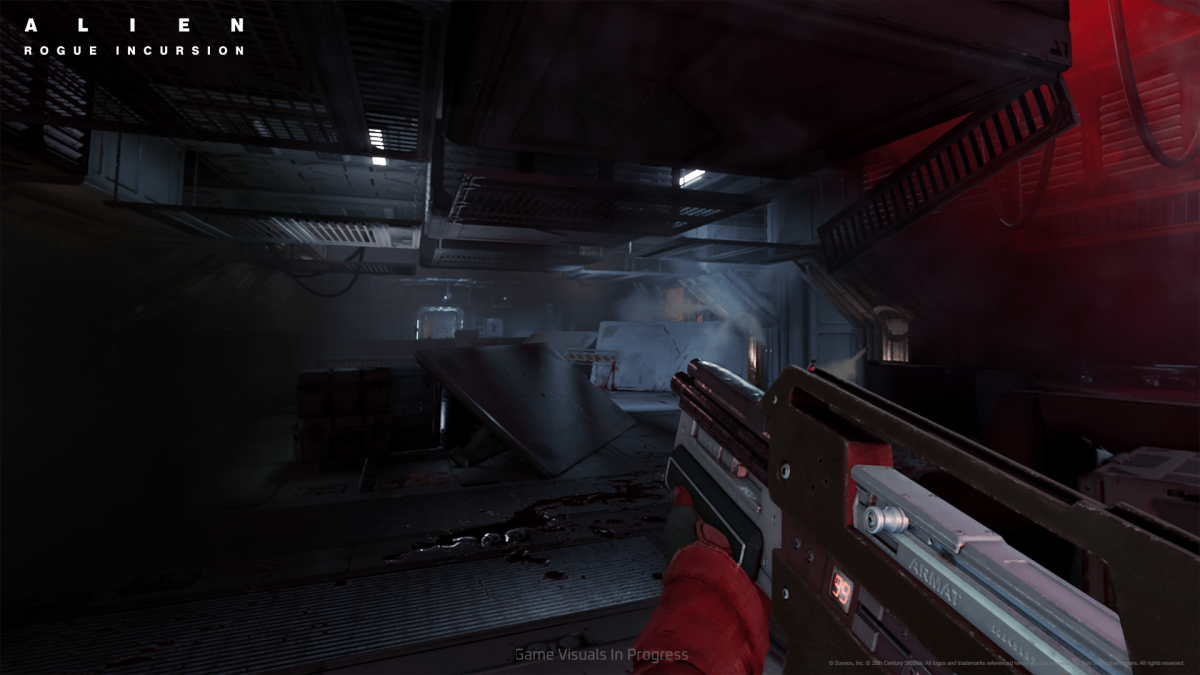
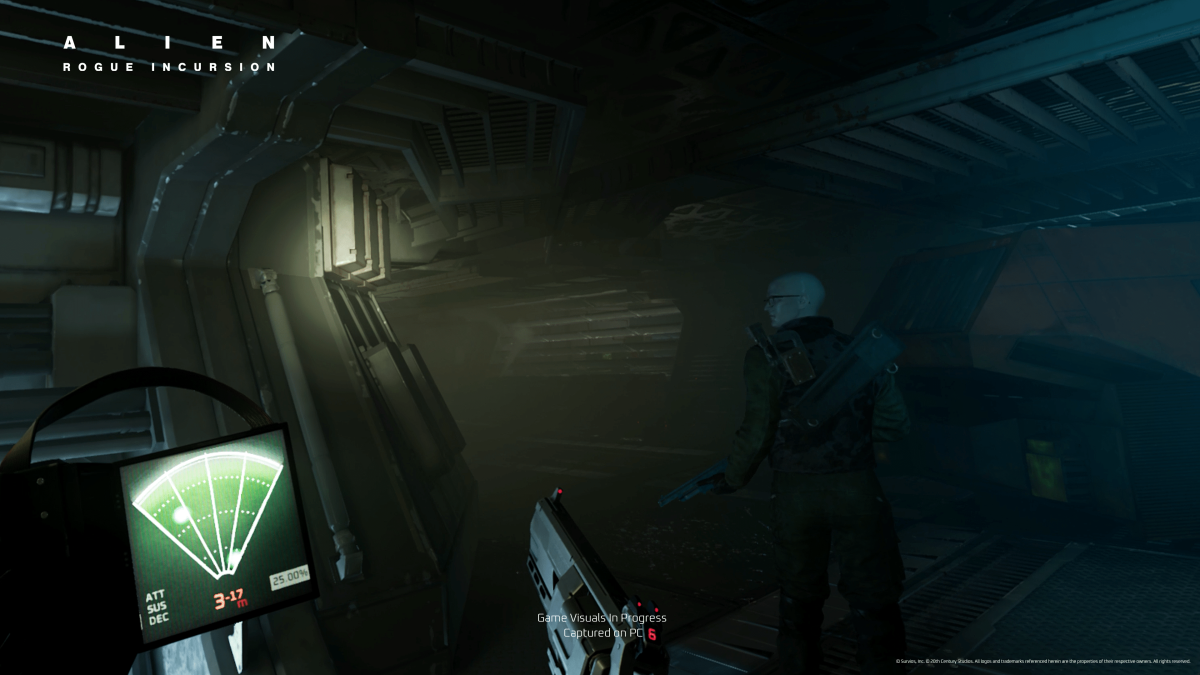
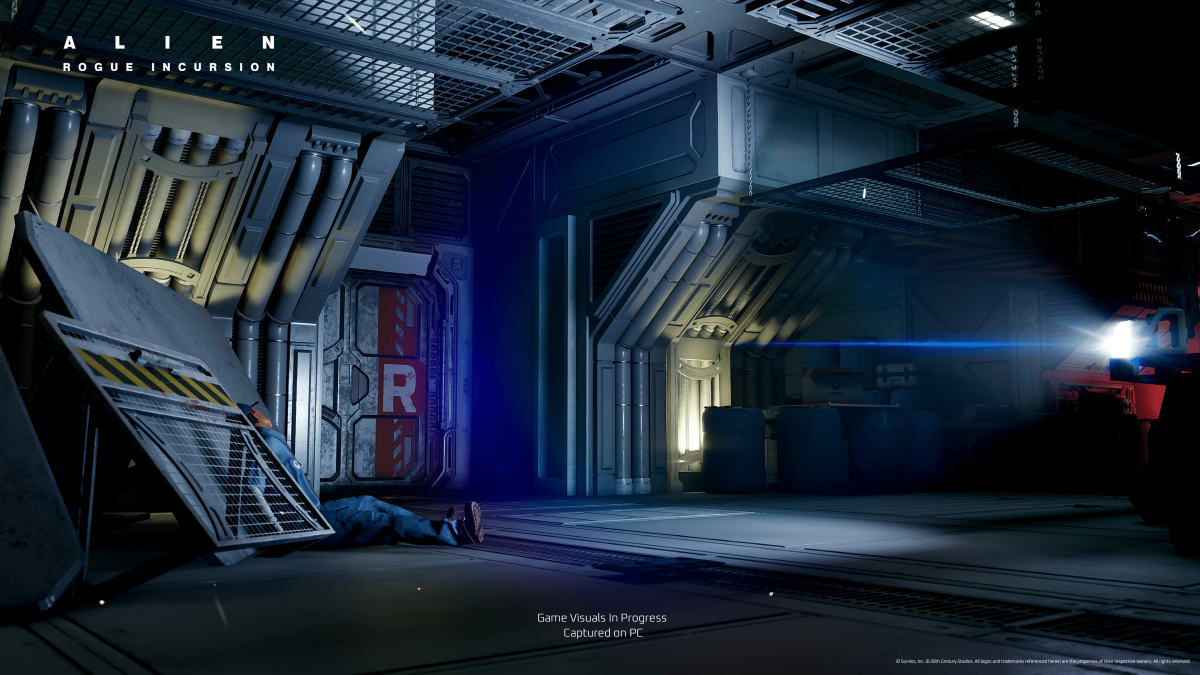
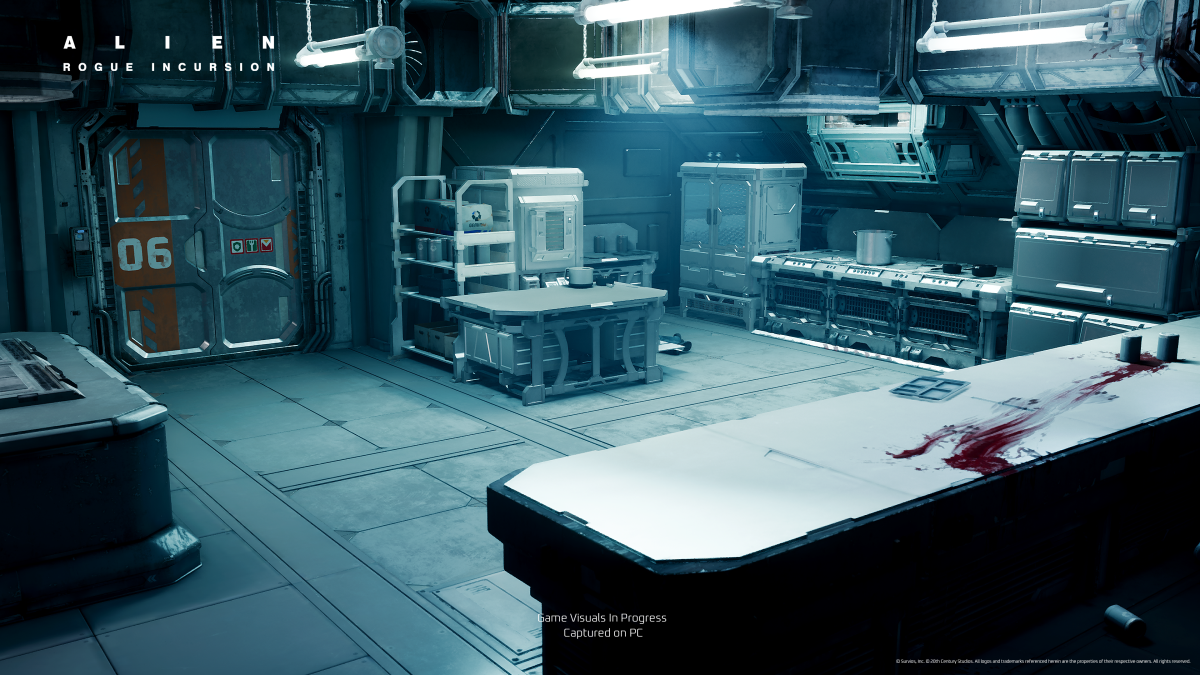

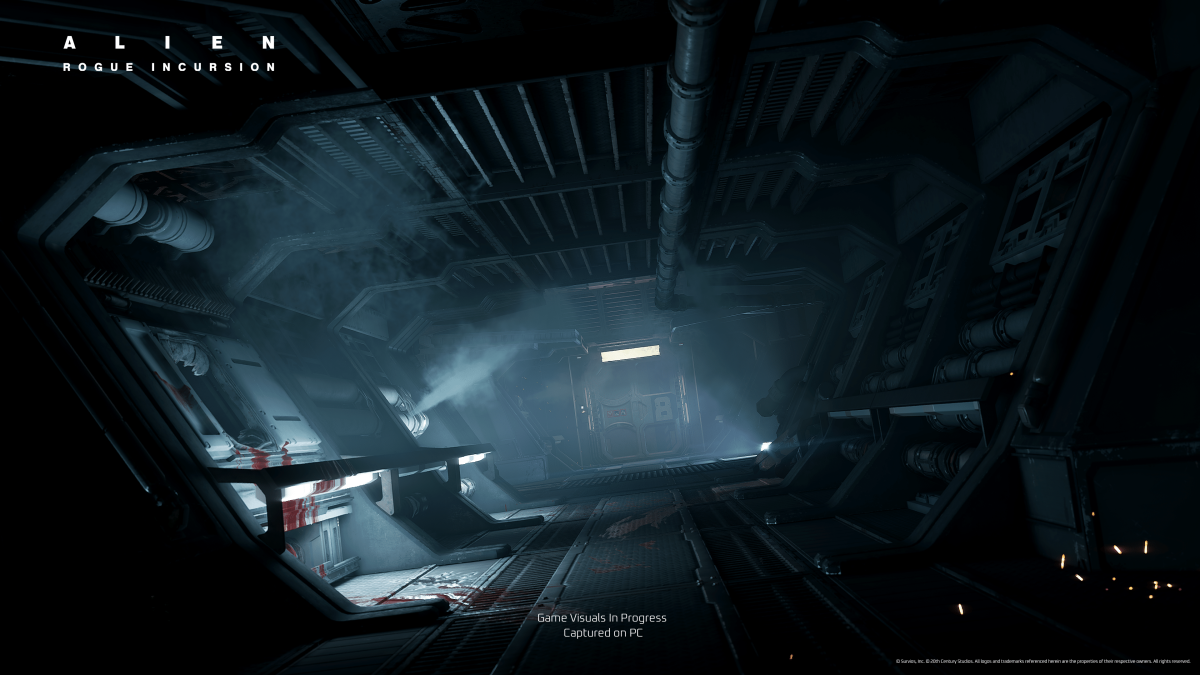
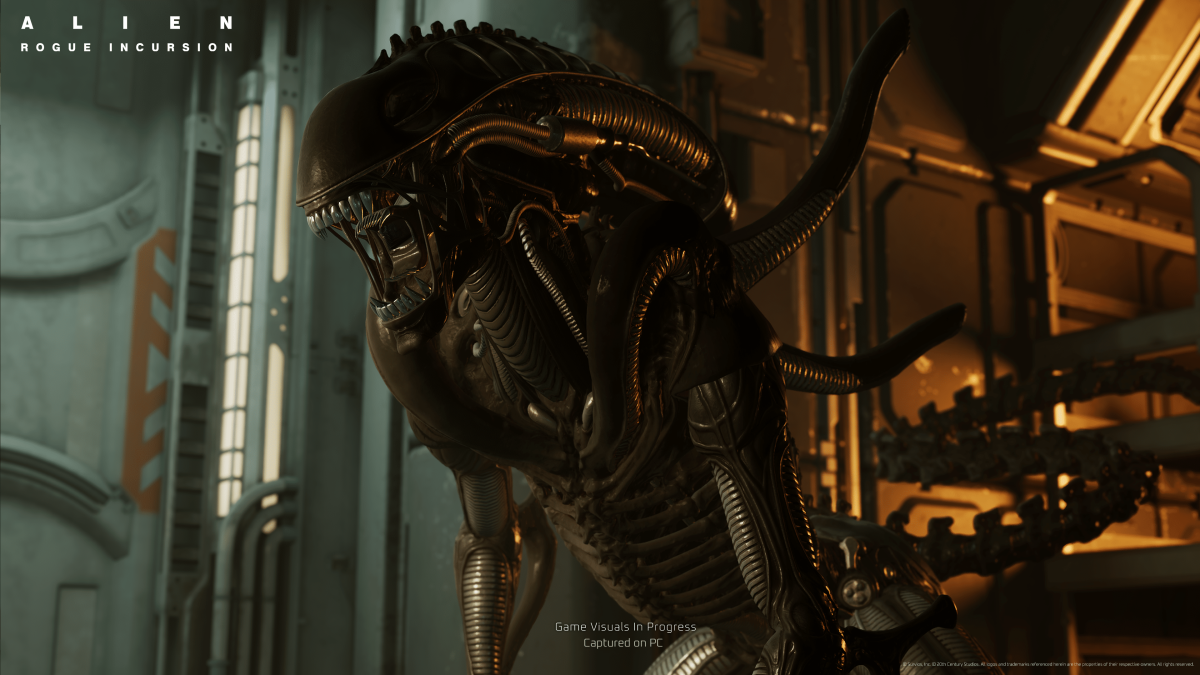
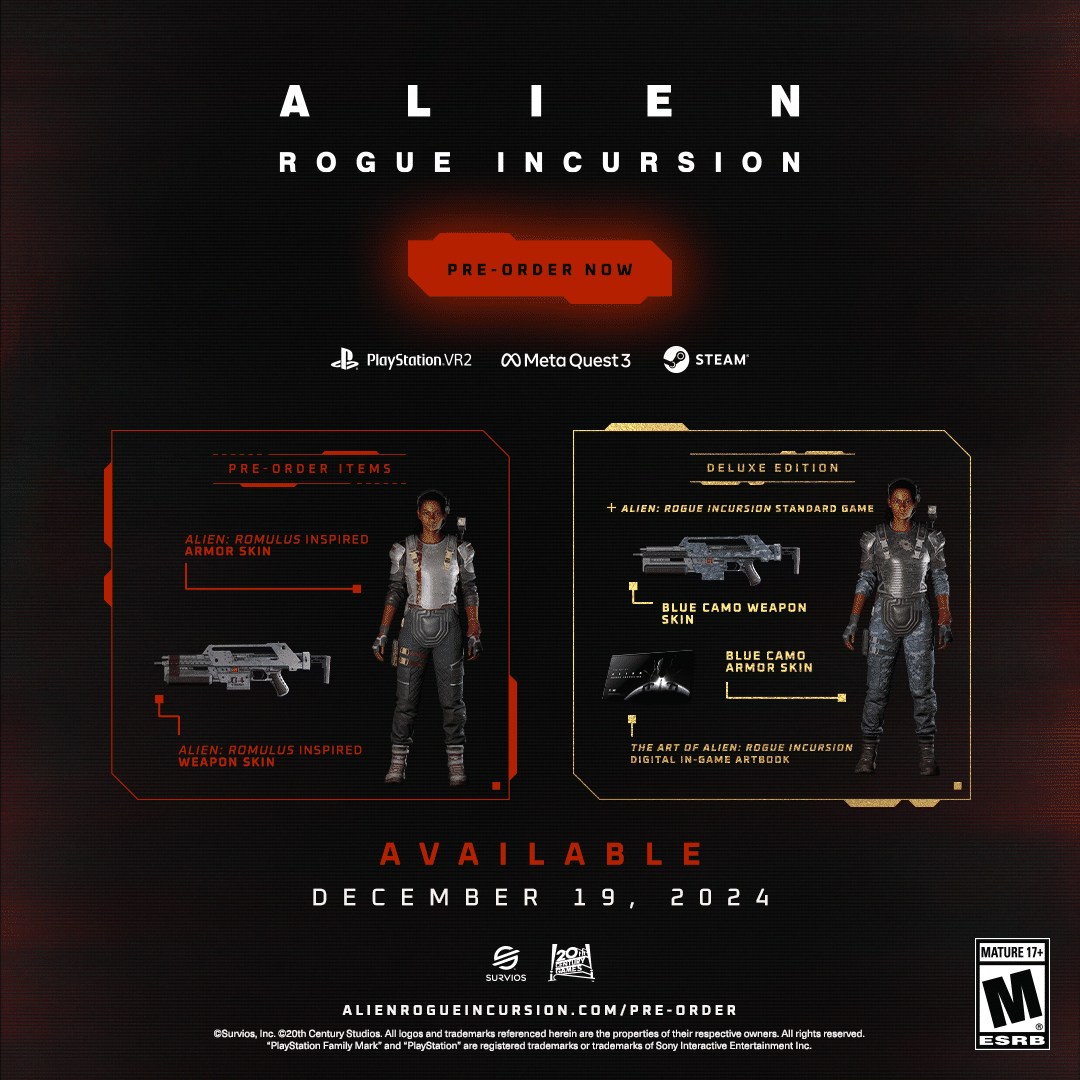



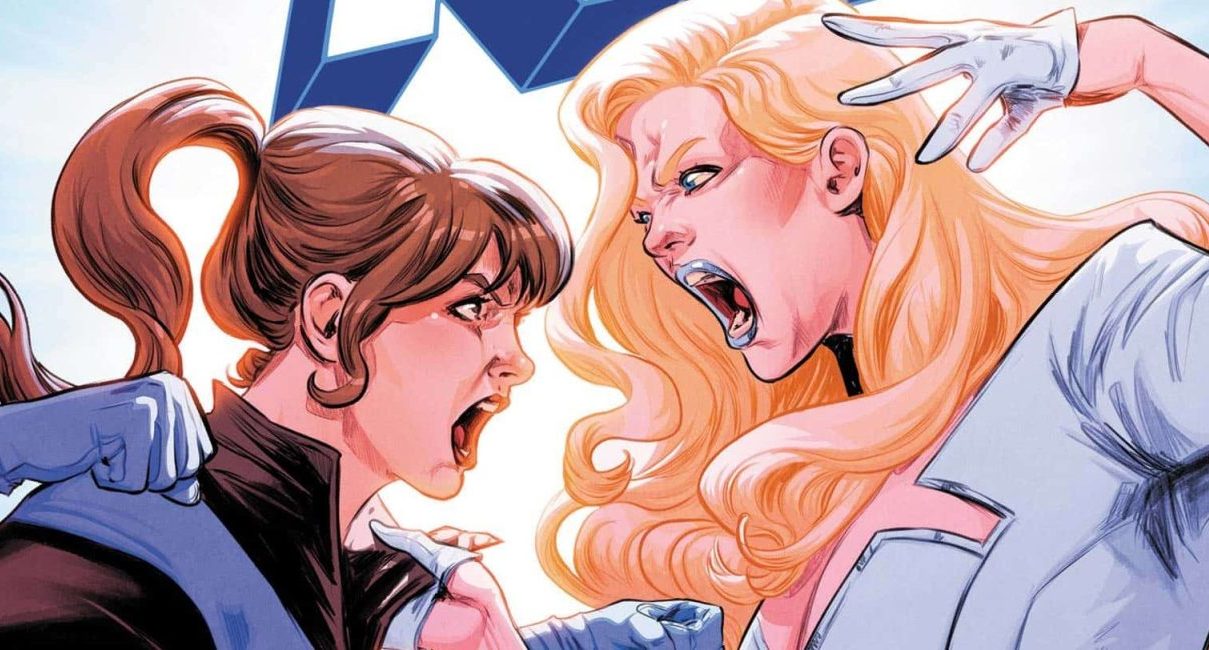
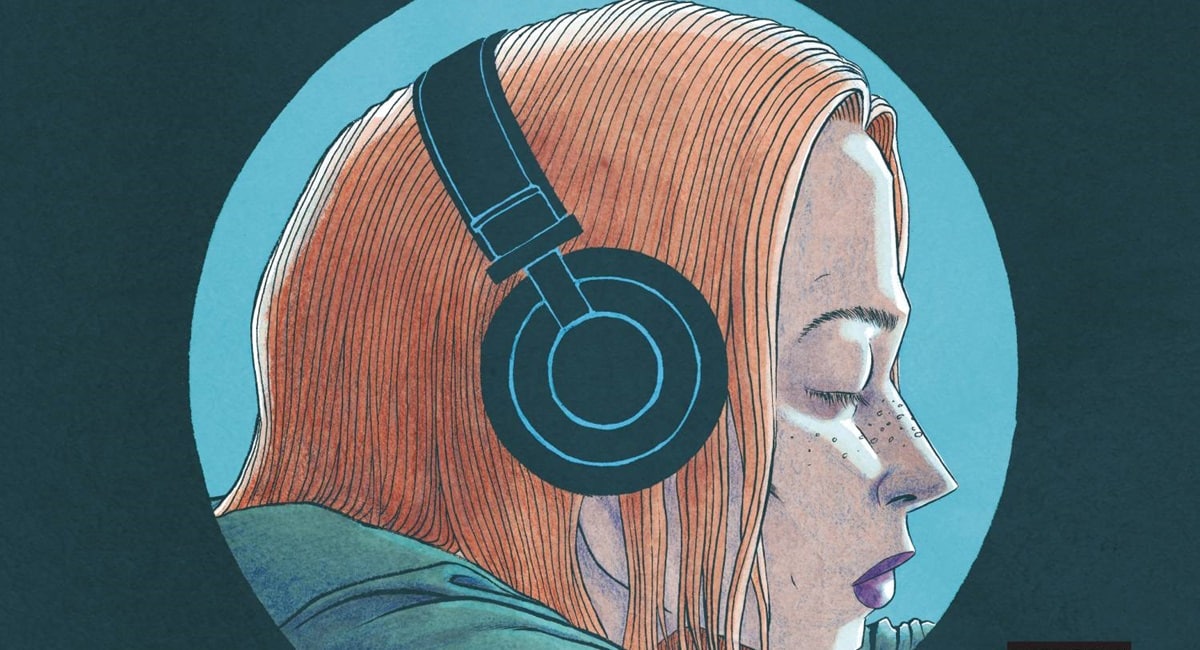
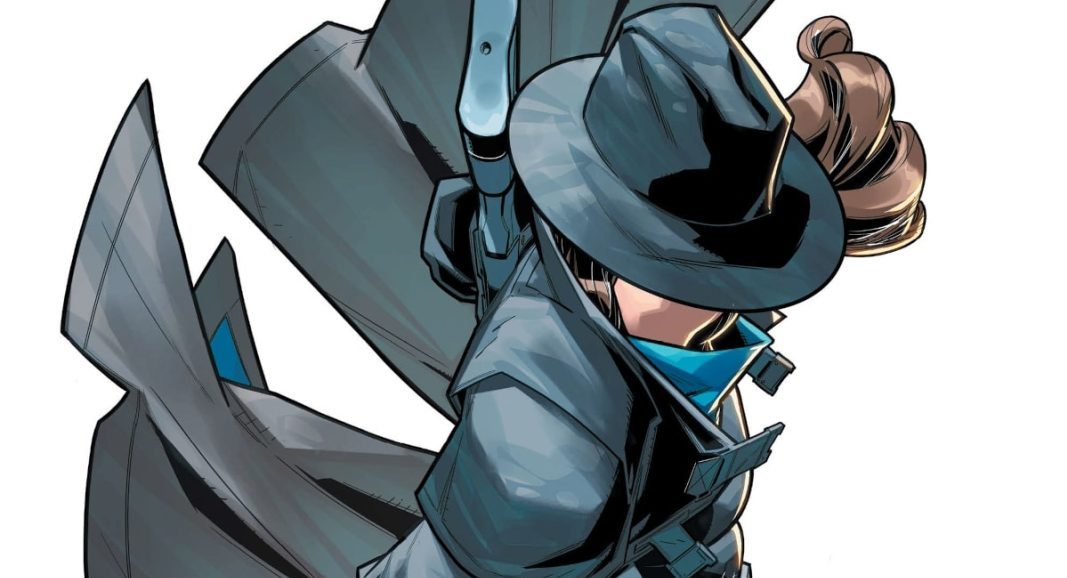
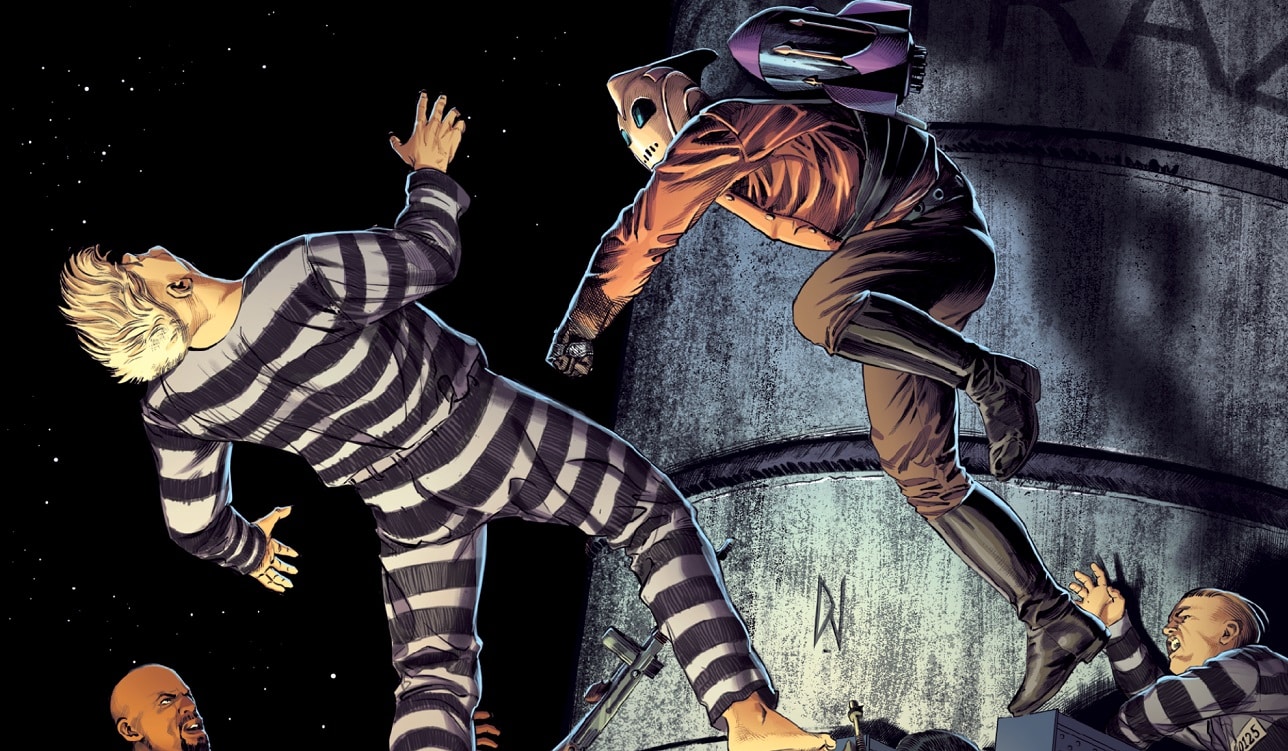












 English (US) ·
English (US) ·